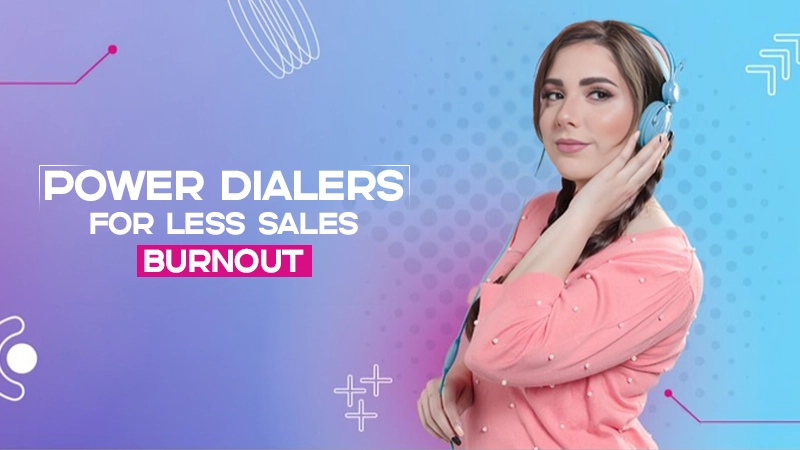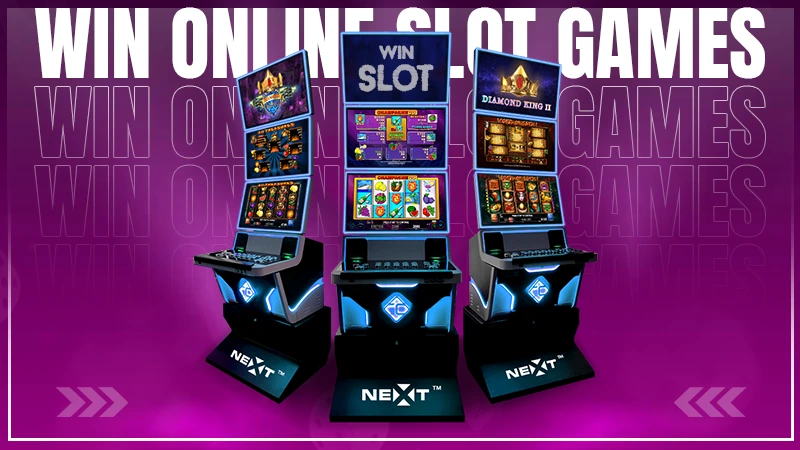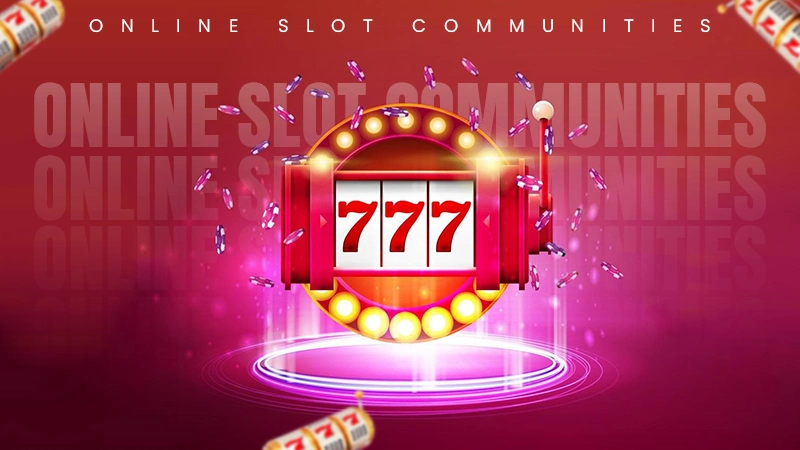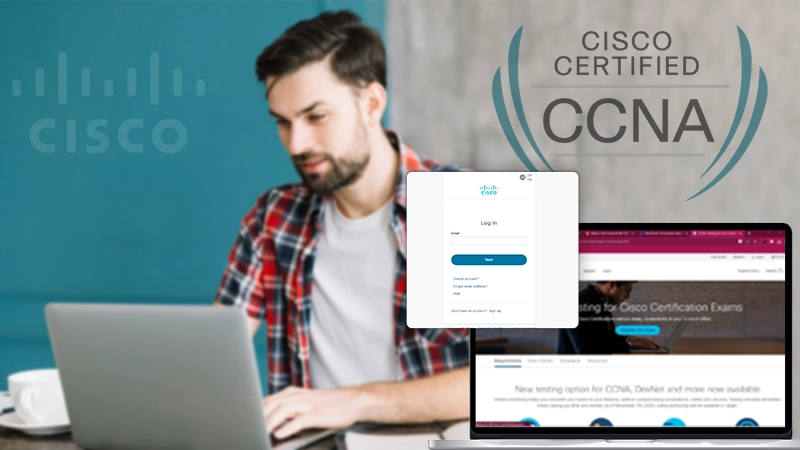
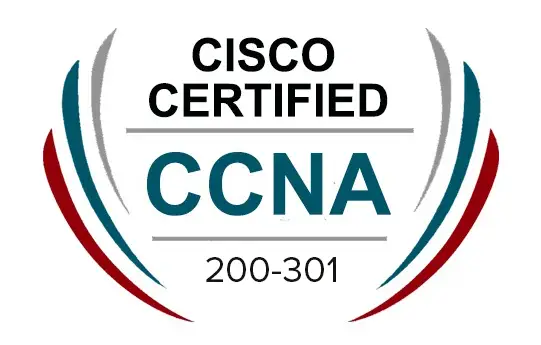
Introduction
Are you planning to take the CCNA 200-301 exam? If yes, then understanding its format is crucial. The Cisco Certified Network Associate (CCNA) certification is an industry standard for network engineers and IT professionals looking to advance their careers. And passing the CCNA 200-301 exam is a requirement for obtaining this coveted certification. In this blog post, we’ll delve into all you need to know about the format of the spoto ccna 200-301 exam questions – from sections to time allocation. So let’s get started!
The CCNA 200-301 Exam Format
The CCNA 200-301 exam is a popular certification among networking professionals seeking to advance their careers. The exam format consists of two main sections, each with its unique set of questions and objectives.
The first section is sketched in a way where a candidate’s fundamental principles of modern networking systems are evaluated. This section consists of multiple-choice questions that examine a candidate’s knowledge of basic networking concepts such as IP addressing, routing protocols, network security, and more.
The second section is where a candidate’s practical skills in setting up and building network devices using Cisco technologies are tested, hence focusing on hands-on lab exercises. This section demands the candidate’s ability to put their theoretical knowledge to use in a real-world environment.
The exam format is designed in a way that it provides an extensive evaluation of a candidate’s networking knowledge and skills. To succeed in this exam, candidates need not only a thorough theoretical understanding but also practical experience working with Cisco technologies.
The CCNA 200-301 Exam Sections
The CCNA 200-301 exam consists of various sections that test your knowledge and skills in different areas of networking. Each section is designed to evaluate your understanding of core concepts, technologies, and implementation strategies.
The first section covers network fundamentals, which include topics like OSI layers, IPv4/IPv6 addressing, wireless LANs, and routing protocols. The second section focuses on network access where you’ll be tested on Ethernet switching concepts, VLAN configurations, and troubleshooting techniques.
Moving forward to the third section which is IP connectivity where you’ll learn about routers’ operation modes along with their functions such as static or dynamic routing protocols; subnetting; NAT/PAT configuration setup; etc.
Next comes the fourth section — IP services where you need to demonstrate proficiency in configuring DNS/DHCP servers as well as managing SNMPv2/v3 setups properly.
The last two sections cover security fundamentals (implementing secure networks) and automation & programmability (how IT teams use software tools for streamlined management).
These six sections are essential to master if you want to pass this certification exam successfully!
Cisco training, worldwide recognized, provides you with hands-on experience with self-paced courses. You have access to exam resources, IT training videos, podcasts, tutorials, and webinars, and the candidate gets to learn from Industry experts. Cisco certifications are designed for all levels; entry, associate, professional, and expert, and offer certification in various fields which are valid for 3 years. Initially, you are to accept several agreements as part of their participation in their program and to prevail and use marks and logos corresponding with the program. Getting certified not only increases your credibility but exceptionally increases your work performance.
Conclusion
The CCNA 200-301 exam is a comprehensive test that covers a wide range of networking topics. Understanding the exam format and sections can help you prepare effectively for this certification. Remember to study and practice regularly so that you can feel confident on exam day more about the spoto author. Additionally, it’s important to note that passing the CCNA 200-301 exam not only validates your knowledge and skills in networking but also opens up career opportunities in various industries. With this certification under your belt, you can pursue job roles such as network administrator or engineer.
If you’re interested in taking the CCNA 200-301 exam but need additional support, there are many resources available online such as practice exams, study guides, and video tutorials. Good luck with your studies!

